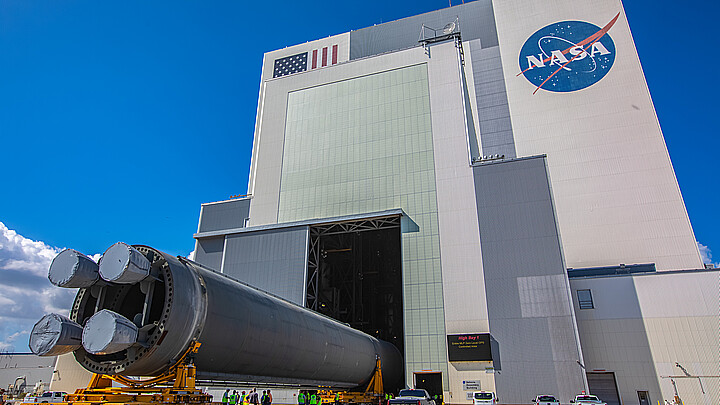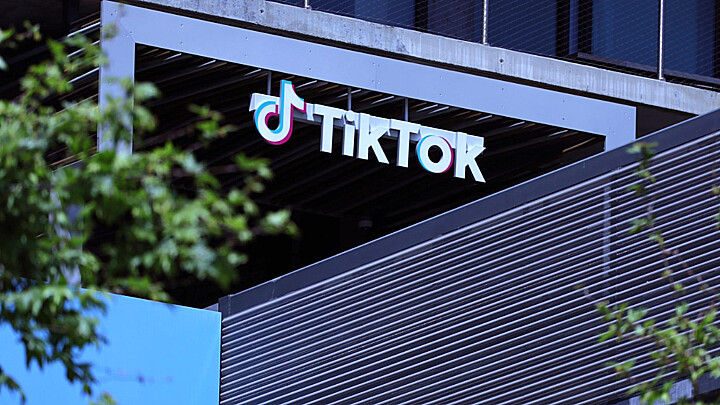Technology
NASA launches real life 'Armageddon' mission to shield Earth from asteroid
Its goal is to hit a near-Earth object
November 24, 2021 11:23am
Updated: November 24, 2021 12:44pm
NASA took a giant leap forward when it launched an important test run of its asteroid deflection technology on Wednesday.
The Double Asteroid Redirection Test mission, or DART, is a near real-life test of the 1998 science fiction sensation, 'Armageddon' starring Bruce Willis, Ben Affleck, and Liv Tyler in which NASA tries to destroy a fatal asteroid before it reaches Earth's atmosphere.
Launched on a SpaceX Falcon 9 rocket at 10:21 p.m. PST from the Vandenberg Space Force Base in California. Its goal is to hit a near-Earth object, or NEO, that will be passing by in September 2022.
This is NASA’s first planetary defense mission and first full-scale demonstration of this “kinetic impactor” technology.
“For the first time, humanity will change the motion of a natural celestial body in space,” said DART program scientist Tom Statler of NASA.
NEOs are asteroids and other space objects that orbit the sun like planets but come within 30 million miles (48 million kilometers) of Earth. Their detection is a high priority for international space agencies due to the catastrophic effects of impact.
The most well-known example is the city-sized asteroid that wiped out the dinosaurs, which was about 6.2 miles (10 kilometers) in diameter. Asteroids that size are very rare, relatively speaking, believed to strike only once every 15 million years.
There have been recent examples of how smaller asteroids can wreak havoc, even if they break apart entering the atmosphere. In 2013, the Russian city of Chelyabinsk was devastated by the sonic boom from a 55-foot meteor that exploded 20 miles above it. The air-blast shattered windows and blew in the doors of thousands of buildings, injuring around 1,000 residents.
DART’s target is Dimorphos, a small moon that orbits the larger Didymos in a two-asteroid system that will swing relatively close to Earth – around 6,835,083 miles (11 million kilometers) – next year. It was chosen because its size is similar to asteroids most likely to threaten Earth, but the binary system was not a direct threat itself.
The impact will be recorded by a small companion satellite, the LICIACube, or Light Italian Cubesat for Imaging of Asteroid, provided by the Italian Space Agency. It will launch from the spacecraft itself shortly before it strikes the asteroid.
The European Space Agency will follow up with a mission to investigate Didymos and Dimorphos a few years afterward.










